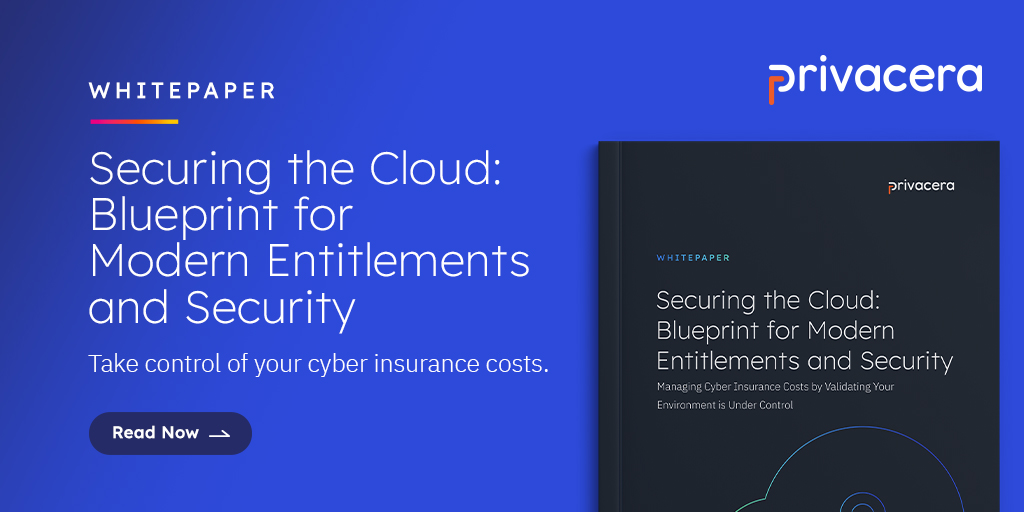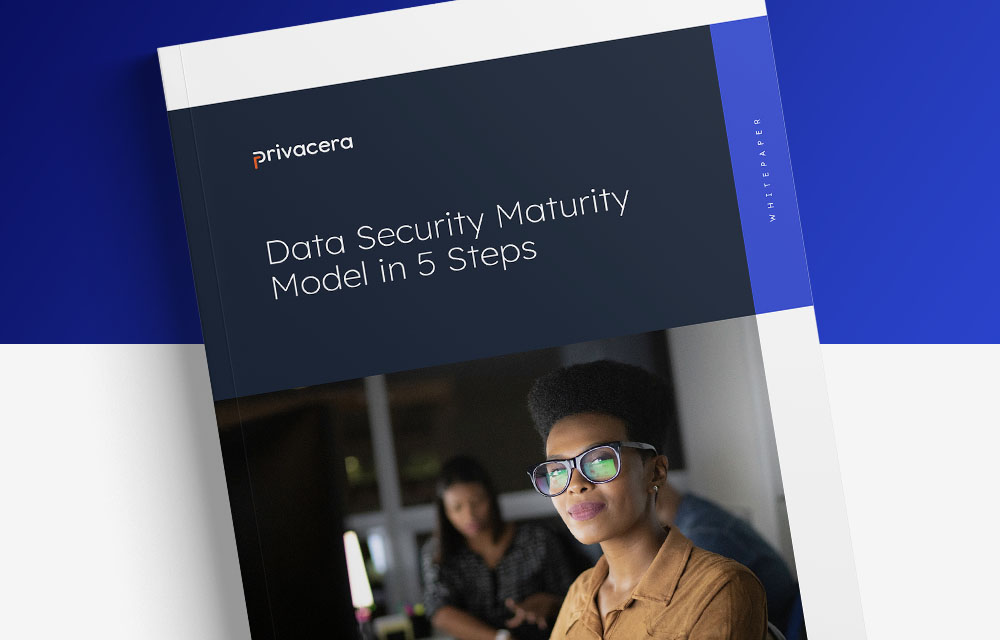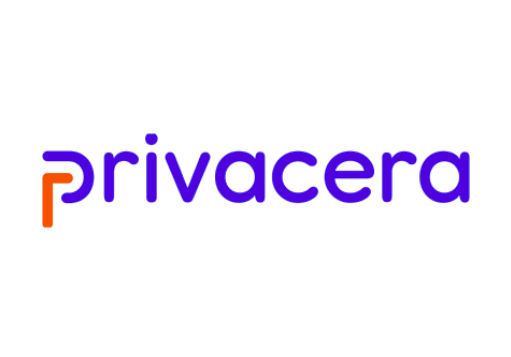The source of insightful strategies? Occasionally, a worker at your company. Occasionally, cross-team cooperation. Your data serves as the foundation for any human spark for the discovery. You must give all your users—technical and non-technical—equal access to data. In other words, data democratization. But what is data democratization?
The data democratization definition is the removal of barriers to data and the distribution of that data universally and without restriction. The benefits of data democratization include a more diverse understanding of the world, better products for consumers, more effective decisions for businesses, and an increase in transparency for governments. It’s a way of adding sustainability to data exchange, with an emphasis on user empowerment. Additionally, democratization produces the data-driven culture that your company requires for long-term success.
The Future of Democratizing Data
There’s good news and bad news concerning organizations’ data-driven missions. It’s encouraging to see executives from all across the world concur that a successful data democratization strategy depends on data-driven operations across business divisions. The 2022 Gartner CEO and Senior Business Executive Survey results, which show a growth of 77% in IT expenditure and an increase of 85% in digital capabilities investment, serve as an example of this perspective.
What’s the bad news? Two troubling figures underscore the difficulties of democratizing data in the “Data and AI Leadership Executive Survey 2022” from New Vantage Partners: Only 26.5% of people claim to have accomplished the data-driven goal, and only 19.3% claim to have created a democratized data culture. These two figures combine to form the following unsettling figure: According to Gartner’s “The State of Data and Analytics Data Governance,” until 2025, 80% of firms trying to scale digital business will fail because they don’t adopt a modern strategy to data and analytics governance. Moving to the cloud and updating tech stacks are insufficient on their own. To support their modernization efforts to democratize data, an organization must upgrade its data governance practices. Their efforts are based on a fragile house of cards because there are no supporting data-driven or data-democratization pillars.
Building a democratic, data-driven brick house
Cloud migration has enormous potential in the effort to create a data democracy. The benefits, however, are equally matched by challenges. Each cloud service has a special way of enforcing its security and access policies. Add to that the expanding range of laws and compliance requirements that must be adhered to across this data estate’s varied range of technical capabilities, additional stakeholders in policy and data use, etc.
Between data users, policymakers, and notably IT, which is responsible for enforcing physical regulation, all this complexity leads to a great deal of friction.
The journey to advance data governance therefore starts. Organizations need help since there is no one solution that works for all. How can we create a modern, sustainable data governance program?
Six practical steps towards better governance:
- Create your data guidelines as to who can access specific types of data.
- Document policies and guidelines to formalize roles, access, and capabilities. What can each type of user do with different types of data?
- Create policies predicated on your defined guidelines. The basis for permitting or accessing data for discovery, moving beyond describing and documenting to establish where sensitive data resides.
- Expand base policies by defining and creating fine-grained access policies with specific controls for enforcing encryption, masking, and tokenization across each data service accessed.
- Enrich and embed full visibility, monitoring, and auditing into data access and usage, ideally via a single pane of glass for administrators and data stewards to monitor and control data at rest and in motion.
- Perform data discovery based on established policies, determining what’s in each table, column, row, or cell. This shows the policies applied to sensitive data and all access events taking place across the data estate.
Across your entire multi-cloud estate, you may establish centralized data access and security governance. A uniform, comprehensive approach may be used by all of your stakeholders, including business teams, IT, and compliance, to monitor, develop, and enforce data access controls across your storage, compute engines, and consumption techniques. You’ll need that to push the democratization of data and create a business that is data-driven, while seamlessly securing data.
Employing Privacera gives businesses a single, centralized layer for managing and enforcing access policies across hybrid and multi-cloud data sources. Through artificial intelligence (AI) as well as automation and lifecycle management, including the discovery and classification of sensitive data, Privacera’s single platform streamlines data security and privacy enforcement.
Data can be categorized and tagged to identify sensitive data, and workflows can be used to support PII, GDPR, HIPAA, and other legal requirements. For native policy enforcement and execution, create fine-grained security policies that are automatically synced to your underlying data services. And to support your data-driven purpose, shorten the time it takes to get insight by orchestrating and automating manual data access activities. Finally, data can easily be requested and shared with data consumers using governed data sharing.
Learn more about Privacera. Request your data security governance and data democratization demo today.





